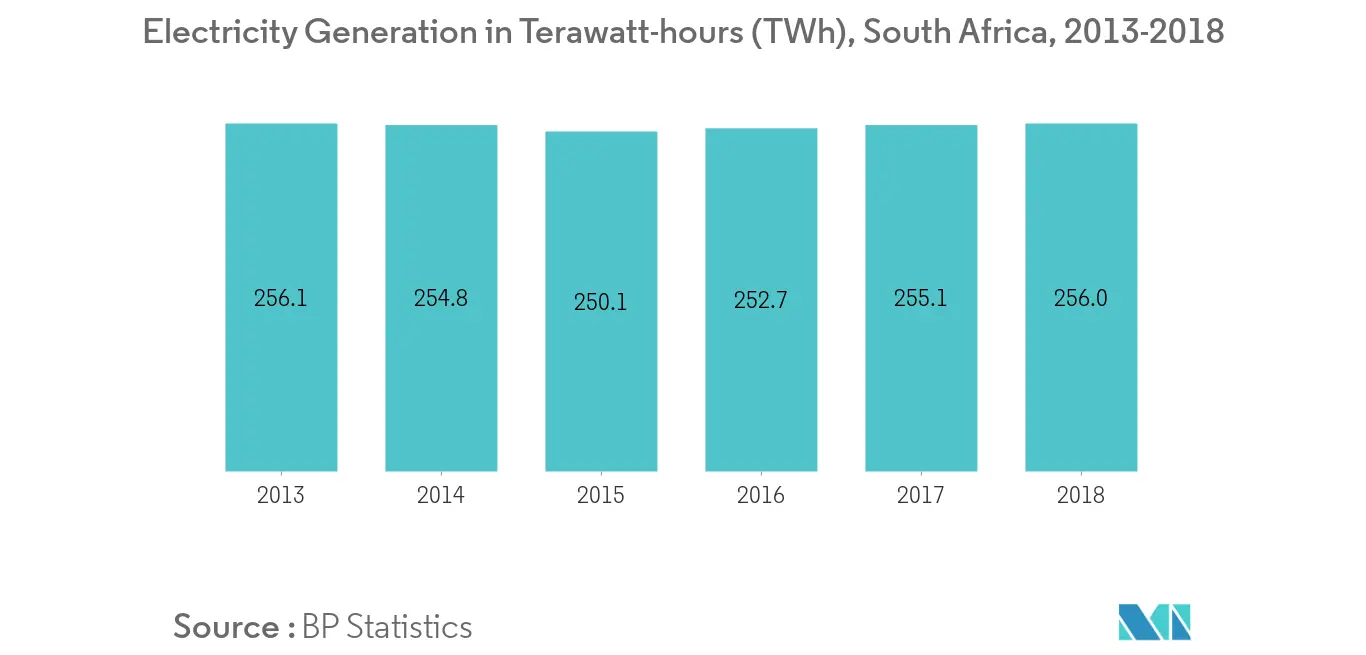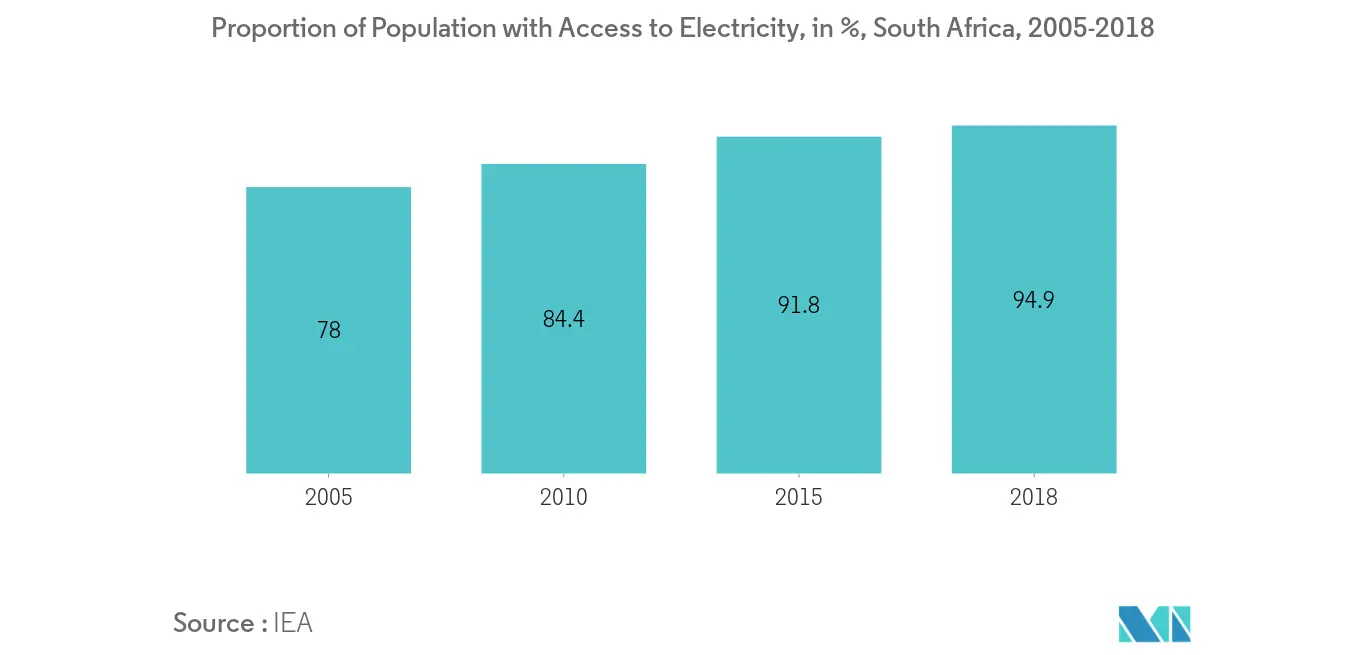Market Trends of South Africa High Voltage Direct Current (HVDC) Transmission Systems Industry
This section covers the major market trends shaping the South Africa HVDC Transmission Systems Market according to our research experts:
Transmission Medium (Cables) to Witness Significant Demand
- HVDC cables play an important role in a growing number of HVDC links. While the fixed costs of terminals at both ends of HVDC links are more expensive than AC, the cost per unit length of the line itself is lower. With all the other things being equal, the longer the distance of the link, the lower the relative cost of the link per unit of energy.
- Over a break-even distance (approximately 600-800 km for current technologies), HVDC becomes the lowest cost option. Also, there are no technical limits to the potential length of an HVDC cable. In a long AC cable transmission, the reactive power flow, due to the large cable capacitance, will limit the maximum possible transmission distance. With HVDC there is no such limitation.
- The power utilities in the South African Development Community (SADC) countries are expected to maximize their reserve margins and trade any surpluses of power using transmission systems connecting the large new power sources with the large load systems, in compliance with the South African Power Pool (SAPP). Due to the large distances between Northern SADC and Cape Town in South Africa, DC strengthening is considered as one of the transmissions strengthening options.
- HVDC cable systems are the most viable solution for the transfer of power between asynchronous networks that cross large water bodies, require longer transmission lines, and usually come in a hybrid configuration. These systems provide controllable bulk power transmission capacity without an increase in short circuit current levels.As of 2018, the electricity generated in 2018 was 256 TWh, a slight increase when compared to 2017.
- Some of the major HVDC lines in this country are Inga - Kolwesi in DRC (580MW, 1700 km, in operation since 1982), Cahora Bassa, connecting Mozambique and South Africa (1920 MW, 1420 km, in operation since 1979), and Caprivi Link, connecting Namibia and Zambia (300 MW, 950 km, in operation since 2010).
- All these projects are ready for an extension, and various new HVDC lines are under consideration in the region. The projects include HVDC transmission lines from DRC hydropower Grand Inga to South Africa, Zambia to Namibia, and CESUL Hydro, Mozambique Project.
- Therefore, the development of HVDC transmission projects is expected to drive the market for HVDC cables in South Africa during the forecast period.

Rural Electrification to Drive HVDC Transmission System
- For HVDC transmission lines, the transmission losses are in inverse relation with the voltage ratings of electricity, i.e. higher the voltage rating of electricity transmitted, lower will be the transmission losses. Also, the HVDC transmission lines can transmit higher voltage current than HVAC lines.
- In places with limited availability of land, HVDC transmission lines are preferred over HVAC, as they have higher power transmission capacity, and hence, can transmit more electricity per unit land usage.
- The number of people without access to electricity, which peaked at 610 million in 2013, declined slowly to around 595 million in 2018. Much of this dynamism has been in East Africa, as Kenya, Ethiopia, and Tanzania accounted for more than 50% of those gaining access.
- According to the African Development Bank, more than 645 million people in Sub-Saharan Africa, roughly 70% of the region's population, do not have access to electricity. Moreover, the number of people without access to electricity in the African region is expected to increase from 588 million in 2016 to about 602 million in 2030.
- The high population density in Africa limits the availability of land. It is observed that higher percentage of the population lacks access to electricity in this region. Hence, most of the population is rural in nature. To connect the rural areas to the national grids, many long-distance transmission line infrastructure projects are being built in these regions.
- Therefore, HVDC transmission lines are well suited for these projects, due to their requirement of lesser land usage, low transmission losses for long distance transmission, and capacity to transmit higher voltage electricity, which, in turn, is expected to drive the high voltage direct current (HVDC) transmission systems market in South Africa.

South Africa High Voltage Direct Current (HVDC) Transmission Systems Report Snapshots
- South Africa High Voltage Direct Current (HVDC) Transmission Systems Market Size
- South Africa High Voltage Direct Current (HVDC) Transmission Systems Market Share
- South Africa High Voltage Direct Current (HVDC) Transmission Systems Market Trends
- South Africa High Voltage Direct Current (HVDC) Transmission Systems Companies
